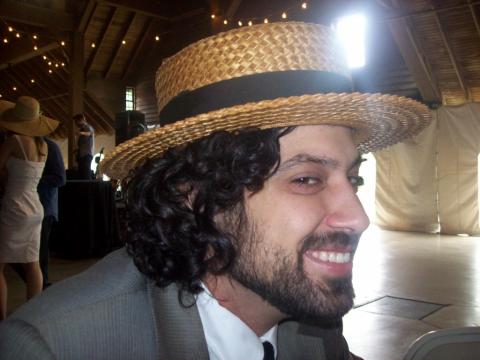My dissertation research, which is funded by the National Science Foundation and the Lambda Alpha Honors Society, analyzes how political authority and elite aspirations are kept in check by household negotiations of an expected quality of life and community-level interactions. Using concepts from relational archaeology, the main focus of my project is to chronicle whether or not social inequality increased among households and community-level interactions in Ucanha, Yucatan, Mexico at the time it was physically integrated with a larger regional polity headed by Ucí via a long-distance causeway around the Terminal Preclassic/Early Classic (50 BCE – 400 CE) transition. My project seeks to identify how social distinctions emerged during the early moments of social inequality and how these distinctions did or did not become a threat to social cohesion, as seen in the Early Classic “collapse” in other areas of the Maya world. Using five variables of social distinction--architecture, feasting, diversity of household assemblages, caching/burial practices, and the use of space--I attempt to quantity quality of life by applying Gini coefficients and comparing these scores diachronically. Additionally, excavations and geochemical patterns from Ucanha's main plaza help reconstruct how mechanisms of community-level interactions changed over time. As evidenced by ceramic distribution patterns, architectural excavations, and faunal analysis, I show households had an elevated quality of life during the Late Preclassic. Furthermore, analysis of geochemical patterns and artifacts that dated to this period found Ucanha’s central plaza facilitated community integration by holding performances. Indeed, incipient leaders brought followers to Ucanha during the Late Preclassic as populations boomed, vast amounts of momumental architecture were erected, and households were provisioned with a variety of highly aesthetic "fancy" ceramics. In many ways Ucanha’s material landscape became a realization of community pride and sociopolitical success during this larger process of regional integration with Ucí. In the Early Classic, however, this built landscape was coopted by emergent leaders, and economic distribution patterns changed to focus on elite networks, thereby causing a decline in household quality of life and community trust. As a result, an appeal moral authority was violated, and leaders lost the support of their constituents as ruling institutions collapsed and populations declined.
Political science studies show that pronounced social inequality not only undermines trust, it also threatens governing bodies and civic engagement. Archaeology, and this project specifically, can meaningfully add to current conversations about inequality by providing data sets with great time-depth on how people negotiate, successfully and unsuccessfully, power dynamics. Now, just as in the past, we must approach social inequality from a relational perspective to more fully comprehend the constellation of wants and needs at play and how authority as well as household standard of living is a give and take between all actors.

